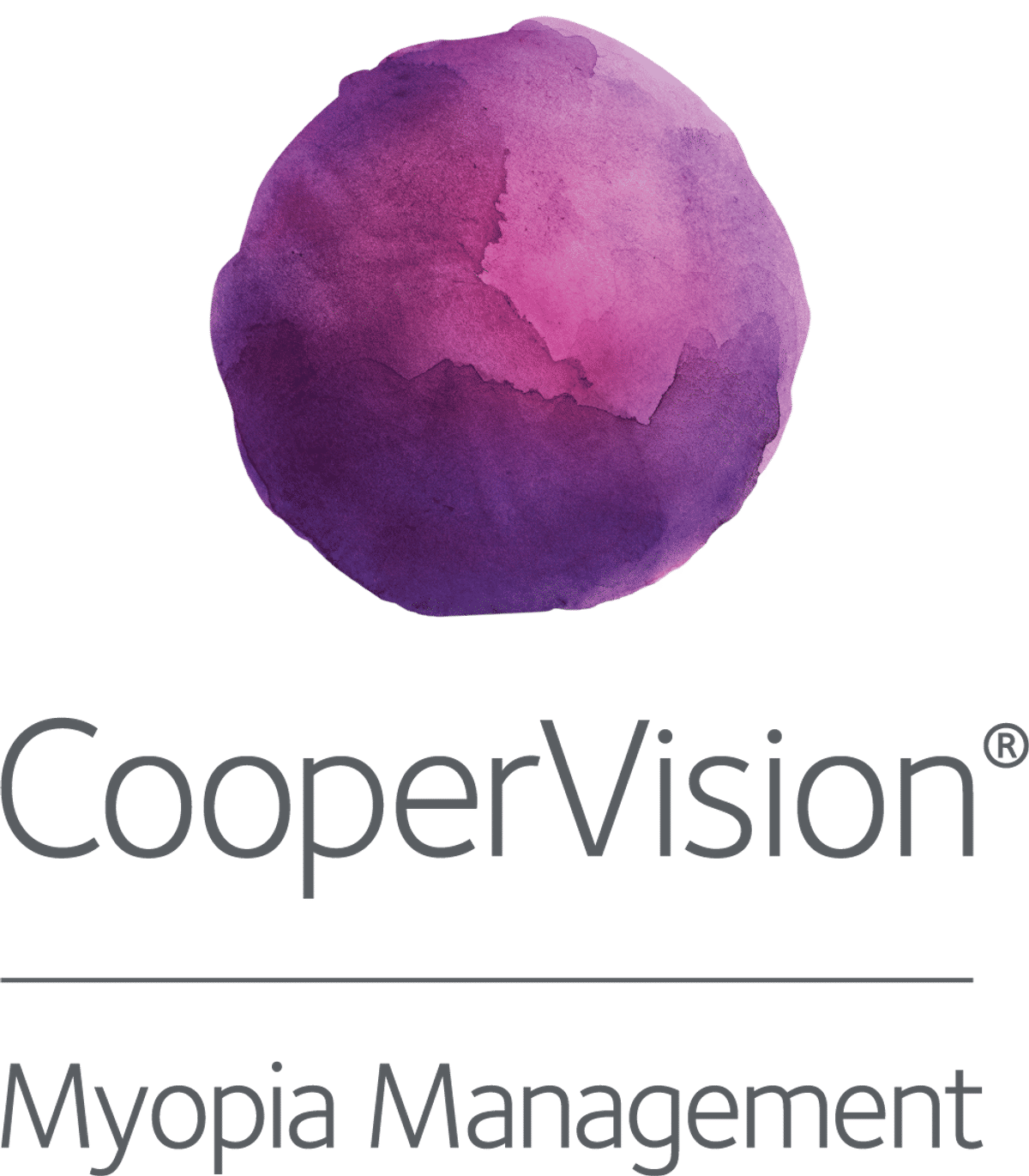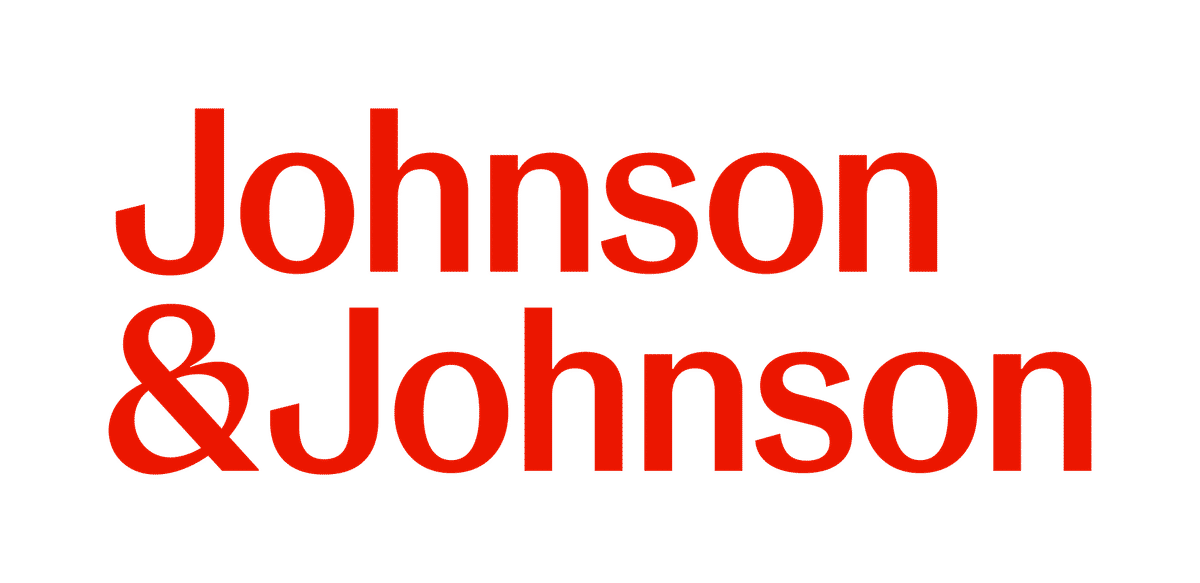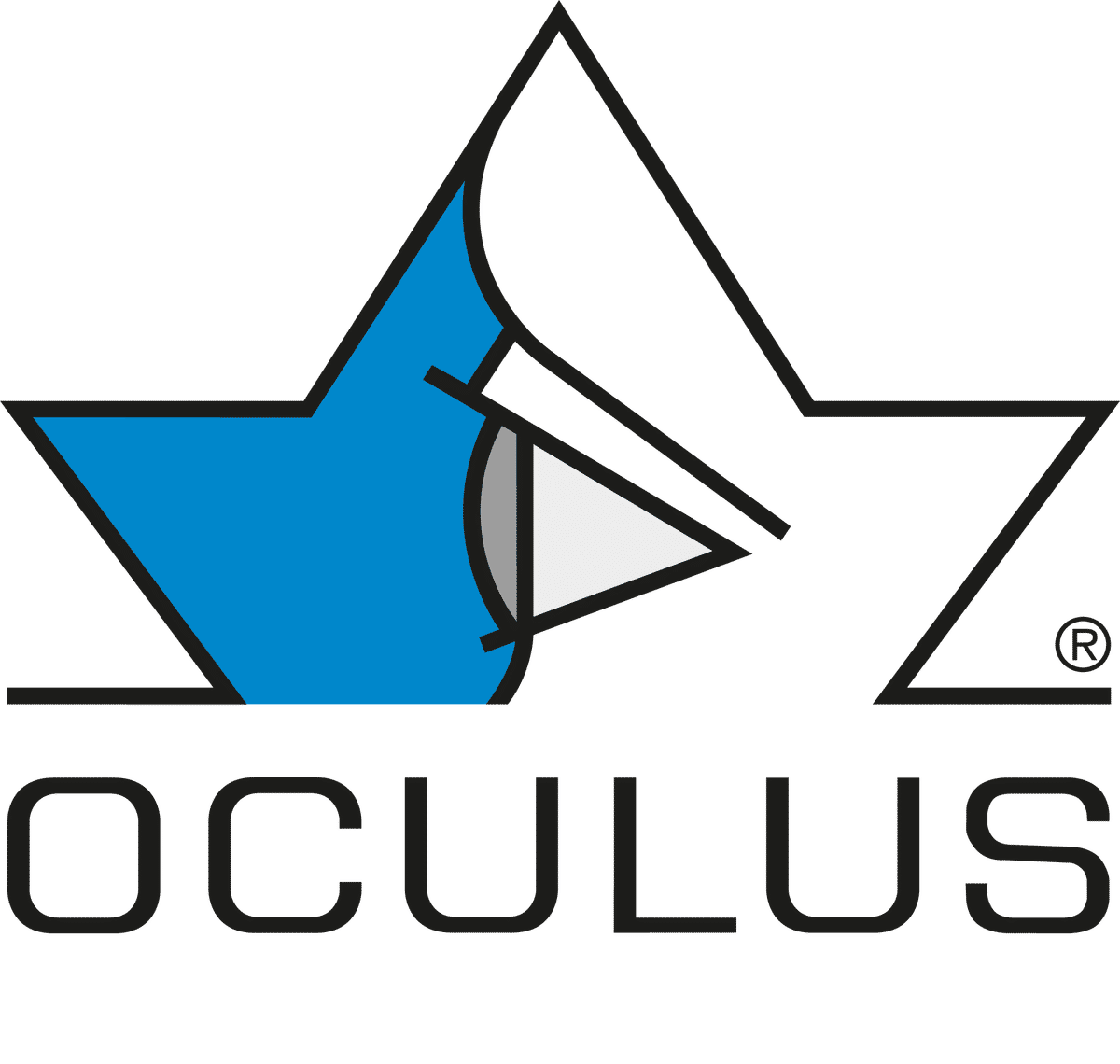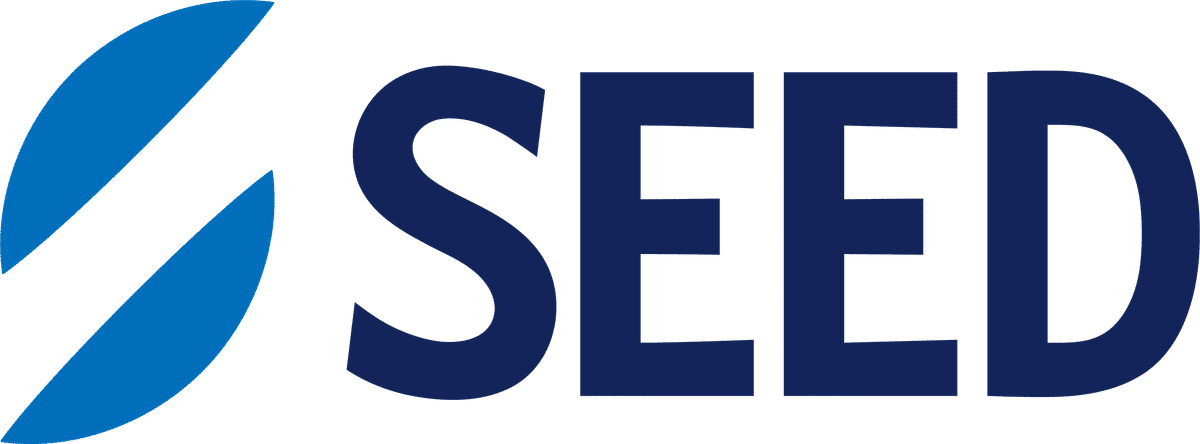Clinical
The 6-Year Journey of the Essilor® Stellest® Spectacle Lenses

Sponsored by
In this article:
This article explores the 6-year data and the broader applications of Essilor® Stellest® lenses in clinical practice.
The global rise in myopia prevalence has driven the development of innovative interventions to slow its progression and mitigate the associated risks of high myopia. Among these, the Essilor® Stellest® spectacle lens with Highly Aspherical Lenslet Target (H.A.L.T.) technology, has emerged as a leading option. Over the past six years, its efficacy has been rigorously evaluated, with findings demonstrating its ability to slow myopia progression and axial elongation in children and adolescents. The Essilor® Stellest® lens has also shown promise in pre-myopia management, combination therapies, and its potential to normalize eye growth patterns. This article explores the 6-year data and the broader applications of Essilor® Stellest® lenses in clinical practice.
The 6-Year Data: A Milestone in Myopia Management
The 6-year trial data of spectacle lenses with highly aspherical lenslets (HAL, Essilor® Stellest® lenses) represents one of the longest studies of its kind, providing invaluable insights into the long-term myopia control efficacy of H.A.L.T. technology. The study followed a cohort of children (n=42) who began wearing HAL lenses at ages 8-13. At the 6-year mark, the participants now aged 14-19 exhibited significantly slower myopia progression and axial elongation compared to an extrapolated single vision lens (SVL) control group. Key findings are as follows.
- Spherical Equivalent Refraction (SER): Over six years, the HAL group showed a mean change of -1.50 D, compared to -3.45 D in the modelled SVL control group. This represents a 57% (1.95D) reduction in myopia progression.1
- Axial Length (AL): The HAL group exhibited a mean axial elongation of 0.76 mm, compared to 1.57 mm in the control group, indicating a 52% (0.81mm) reduction in axial elongation.1
These results highlight the sustained efficacy of Essilor® Stellest® lenses in slowing myopia progression, even as participants transitioned into adolescence and young adulthood—a period when myopia progression typically slows but may not cease entirely.2
HAL Lenses and Emmetropic Eye Growth
Emmetropic eye growth has become a key reference point in myopia research, providing a physiologically normal trajectory against which abnormal axial elongation and treatment efficacy can be assessed.3 One of the most compelling aspects of HAL lenses is their ability to slow axial elongation to rates comparable to or slower than those of non-myopic children. This suggests that HAL lenses not only control myopia progression but may also normalize eye growth patterns. Studies have shown that approximately 90% of children wearing HAL lenses full-time (≥12 hours/day) exhibit eye growth patterns similar to or slower than non-myopic children over 1- and 2-year periods.4 This normalization of eye growth could have profound implications for reducing the long-term risks associated with high myopia.
Full-Time Wear: The Key to Maximizing Efficacy
Critical insights into the importance of full-time wear in maximizing efficacy were revealed in the original two-year randomized controlled trial conducted at the Eye Hospital of Wenzhou Medical University in Wenzhou, China. While the overall cohort data demonstrated strong myopia control effects with HAL lenses, a sub-analysis revealed a clear dose-dependent response based on daily wearing time. Children who wore the lenses full-time (defined as ≥12 hours per day) experienced significantly better outcomes than those who wore them part-time (<12 hours per day). Specifically, full-time wearers showed 0.48 D of myopia progression compared to 0.93 D in part-time wearers, and axial elongation of 0.28 mm versus 0.43 mm.5 These findings emphasize that greater wearing time leads to greater myopia control, reinforcing the importance of educating families about consistent full-time wear to achieve optimal results.
Pre-Myopia and Hyperopic Reserve
The Essilor® Stellest® lens has also been explored for its potential in managing pre-myopia, particularly in children with low hyperopic reserve (a spherical equivalent refraction of +0.00 to +2.00 D). A 1-year randomized controlled trial demonstrated that wearing HAL lenses for at least 30 hours per week significantly reduced axial elongation in pre-myopic children compared to single vision lenses.6
Proactively identifying and managing pre-myopic children is essential to reducing the overall burden of myopia. Delaying myopia onset by even one year can reduce the final level of myopia by approximately 0.75D, which is comparable to 2-3 years of myopia control treatment in already myopic children.7 Hence, optical intervention during the pre-myopic stage may represent a valuable opportunity to shift the refractive development trajectory and reduce long-term risks associated with high myopia.
Combination Therapy with Atropine
In a prospective cohort study of 50 multiethnic children in Singapore (mean age 8.9 years, 86% ethnic Chinese), all participants had experienced significant myopia progression (≥0.50 D over 6 months) while using LDA (0.01% or 0.025%). After adding HAL lenses, progression slowed markedly. At 6 months, mean changes were just -0.06 D in spherical equivalent (SE) and 0.06 mm in axial length (AL). At 12 months, progression remained low at -0.15 D (SE) and 0.14 mm (AL), compared to their estimated prior 6-month progression of -0.60 D and 0.24 mm.8
These outcomes were significantly better than typical results for either treatment alone—LDA monotherapy (12-month progression of -0.40 to -0.59 D and 0.20 to 0.32 mm AL) or HAL monotherapy (-0.27 D SE or 0.13 mm AL over 12 months in Chinese children). Importantly, children reported no issues with glare, near vision, or peripheral blur.8
In a retrospective case series of 175 myopic patients aged 6–18 years, outcomes were compared for HAL spectacle lenses, 0.01% atropine eye drops, the combination of HAL + atropine, and SV lenses (control) over 12 months. All three treatment groups significantly reduced myopia progression in both SER and AL compared with controls. The combination group achieved greater SER control than either monotherapy, while for AL, it outperformed atropine alone but showed no significant difference compared with HAL alone.9 These findings reinforce that both HAL lenses and low-dose atropine are effective individually, with combination therapy providing the most benefit for SER control. These findings demonstrate that HAL lenses, whether used alone or in combination with low-dose atropine, are effective in slowing myopia progression, with combination therapy offering the greatest benefit—particularly for children with high or rapidly progressing myopia who show limited response to monotherapy.
A strong and growing Essilor® Stellest® lens story
The long-term data on Essilor® Stellest® lenses reinforce their position as clinically effective for myopia management across a wide range of pediatric patients. From sustained efficacy over six years, to promising outcomes in pre-myopia and combination therapy, the evidence base continues to expand. These findings not only support the use of Essilor® Stellest® lenses as a core strategy in managing myopia progression, but also emphasize the importance of early intervention and full-time wear to maximize outcomes. As the global prevalence of myopia continues to rise, integrating proven optical solutions like HAL lenses into routine care is essential to mitigating the lifelong risks associated with high myopia.
Essilor® Stellest® lenses are not currently FDA approved and are not commercially available for sale in all countries, including the U.S.
Meet the Authors:
About Jeanne Saw
Jeanne is a clinical optometrist based in Sydney, Australia. She has worked as a research assistant with leading vision scientists, and has a keen interest in myopia control and professional education.
As Manager, Professional Affairs and Partnerships, Jeanne works closely with Dr Kate Gifford in developing content and strategy across Myopia Profile's platforms, and in working with industry partners. Jeanne also writes for the CLINICAL domain of MyopiaProfile.com, and the My Kids Vision website, our public awareness platform.
This content is brought to you thanks to an educational grant from
References
- Li X, Huang Y, Liu C, Yin Z, Lim EW, Drobe B, Chen H, Bao J, Prenat O. Assessing the long-term myopia control efficacy of spectacle lenses with highly aspherical lenslets. Presented at: BCLA Clinical Conference and Exhibition; 2025 Jun 5–7; Birmingham, UK.
- Brennan NA, Cheng X, Bullimore MA. Adult Myopia Progression. Invest Ophthalmol Vis Sci. 2024 Nov 4;65(13):49.
- Kaymak H, Graff B, Neller K, Langenbucher A, Seitz B, Schwahn H. Emmetropes Augenlängenwachstum als Therapieziel der Myopieversorgung [Emmetropic eye growth as treatment goal for myopia management]. Ophthalmologe. 2022 May;119(5):528-529. German.
- Wong YL, Li X, Huang Y, Yuan Y, Ye Y, Lim EW, Yang A, Spiegel D, Drobe B, Bao J, Chen H. Eye growth pattern of myopic children wearing spectacle lenses with aspherical lenslets compared with non-myopic children. Ophthalmic Physiol Opt. 2024 Jan;44(1):206-213.
- Bao J, Huang Y, Li X, et al. Spectacle Lenses With Aspherical Lenslets for Myopia Control vs Single-Vision Spectacle Lenses: A Randomized Clinical Trial. JAMA Ophthalmol. 2022;140(5):472–478
- Zhang Z, Zeng L, Gu D, Wang B, Kang P, Watt K, Zhou J, Zhou X, Chen Z, Yang D, Chen C, Wang X, Zhou X, Chen Z. Spectacle Lenses With Highly Aspherical Lenslets for Slowing Axial Elongation and Refractive Change in Low-Hyperopic Chinese Children: A Randomized Controlled Trial. Am J Ophthalmol. 2024 Aug 27; 269:60-68.
- Bullimore MA, Brennan NA. Myopia: An ounce of prevention is worth a pound of cure. Ophthalmic Physiol Opt. 2023 Jan;43(1):116-121.
- Sim BX, Loh KL, Htoon HM, Sri Y, Balakrishnan M, Chan Poh Lin P, Sim RZH, Lam CSW, Chia AWL. Additive Effect of Highly Aspherical Lenslet Target Spectacles to Children Inadequately Controlled by Atropine Monotherapy. Ophthalmol Sci. 2025 Feb 26;5(4):100753.
- Vagge A, Frattolillo A, Nucci P, Samassa F, Barosco G, Rapizzi E, Iester M, Traverso CE. Highly Aspherical Lenslet Target (HALT) technology in combination with low-dose atropine to control myopia progression. Invest Ophthalmol Vis Sci. 2024 Jun;65(8):2739. Presented at: ARVO Annual Meeting; 2024 May 5-9; Seattle, WA.
Enormous thanks to our visionary sponsors
Myopia Profile’s growth into a world leading platform has been made possible through the support of our visionary sponsors, who share our mission to improve children’s vision care worldwide. Click on their logos to learn about how these companies are innovating and developing resources with us to support you in managing your patients with myopia.












